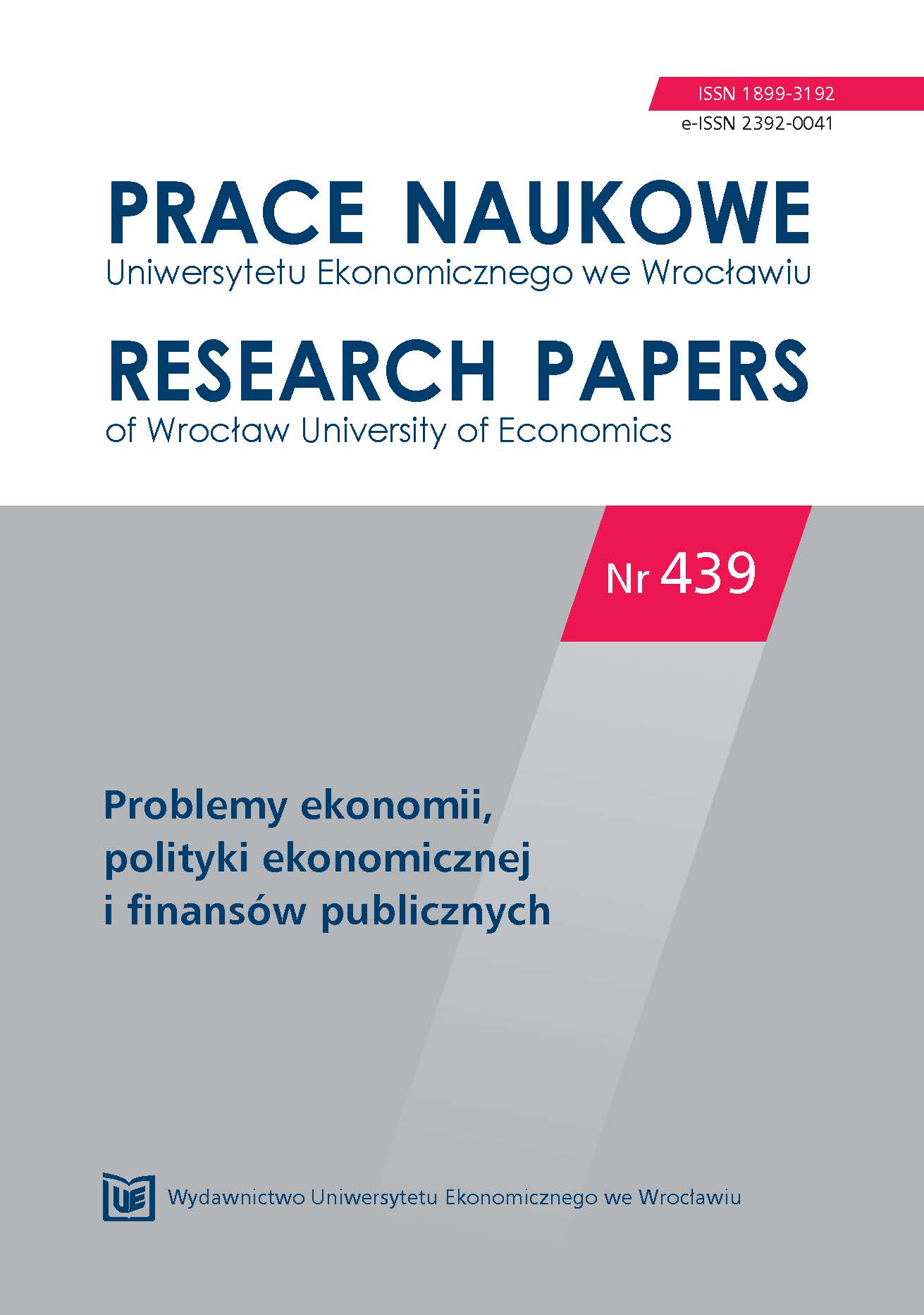Financial inclusion in Poland in the segment of young consumers
Financial inclusion in Poland in the segment of young consumers
Author(s): Marcin IdzikSubject(s): Economy, National Economy
Published by: Wydawnictwo Uniwersytetu Ekonomicznego we Wrocławiu
Keywords: financial inclusion; young consumers; banking services market; consumer behavior; decision process; banking services
Summary/Abstract: The objective of the research was to identify the dynamics and evaluate the determinants of the financial inclusion in Poland. The nationwide survey using the CAPI method was conducted on a sample of N = 1600 consumers aged 13-29. The data were analyzed using the social network analysis method and typological classification. The financial inclusion is more important than financial exclusion, which results in the increase of people having a bank account from 22% in the group of 15-16 year olds to 94% in the group of 26-28 year olds. Starting cooperation with a bank for the first time is most of all influenced by the supply-related factors and less influenced by the social- or demand-related ones. Half of the young customers of banks decided to use a bank completely on their own. It was less frequently suggested by their peers; and in isolated cases it was decided by the customers’ parents. The decisions to choose a bank have the characteristics of the EBK administrative model, less frequently of Howard-Sheth model, or J.N. Sheth’s. The bank is “inherited” from the parents. The young consumers are not a homogenous group. Four segments of consumers were distinguished as regards the attitudes towards the financial market.
Journal: Prace Naukowe Uniwersytetu Ekonomicznego we Wrocławiu
- Issue Year: 2016
- Issue No: 439
- Page Range: 115-125
- Page Count: 11
- Language: Polish

